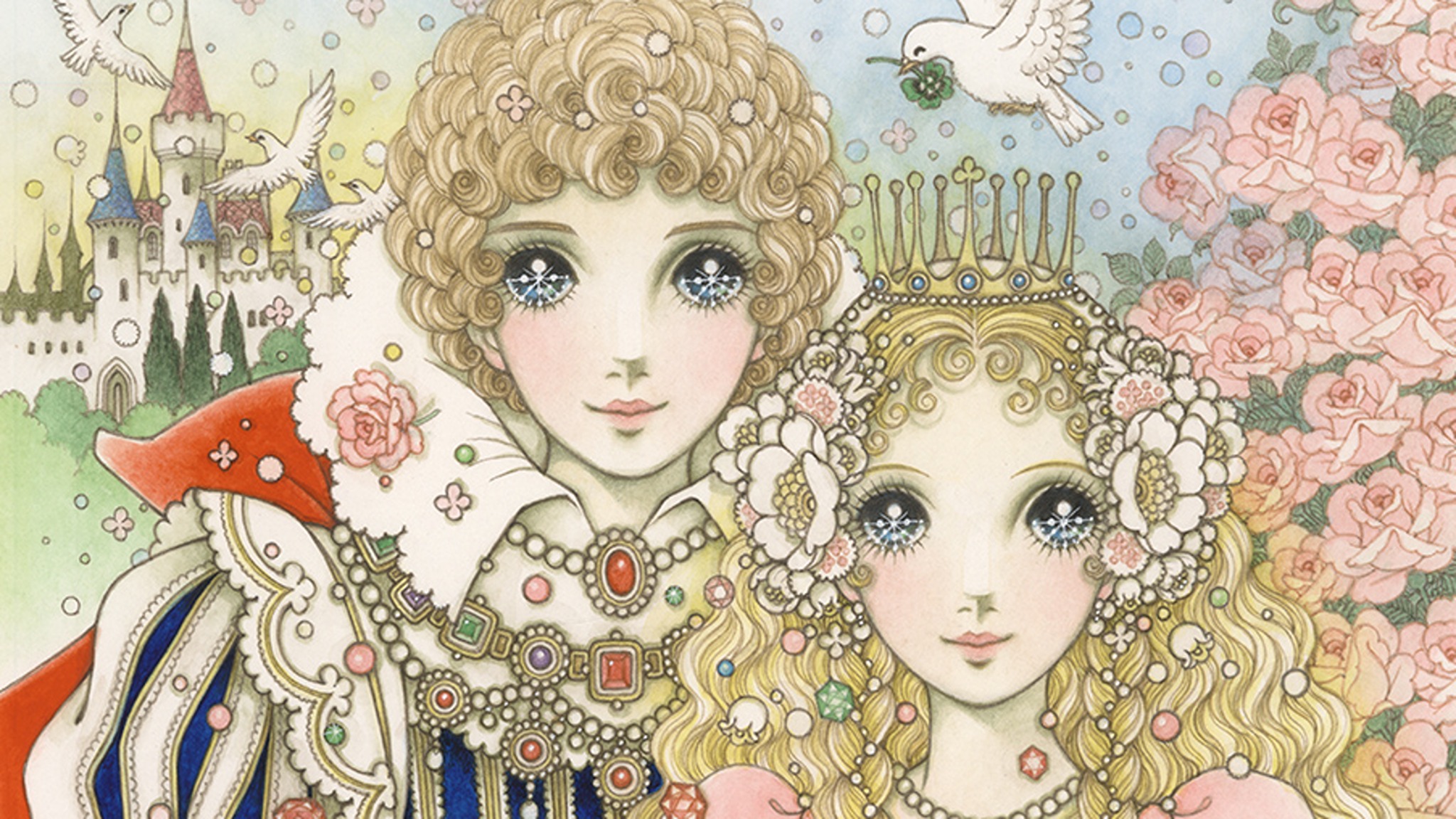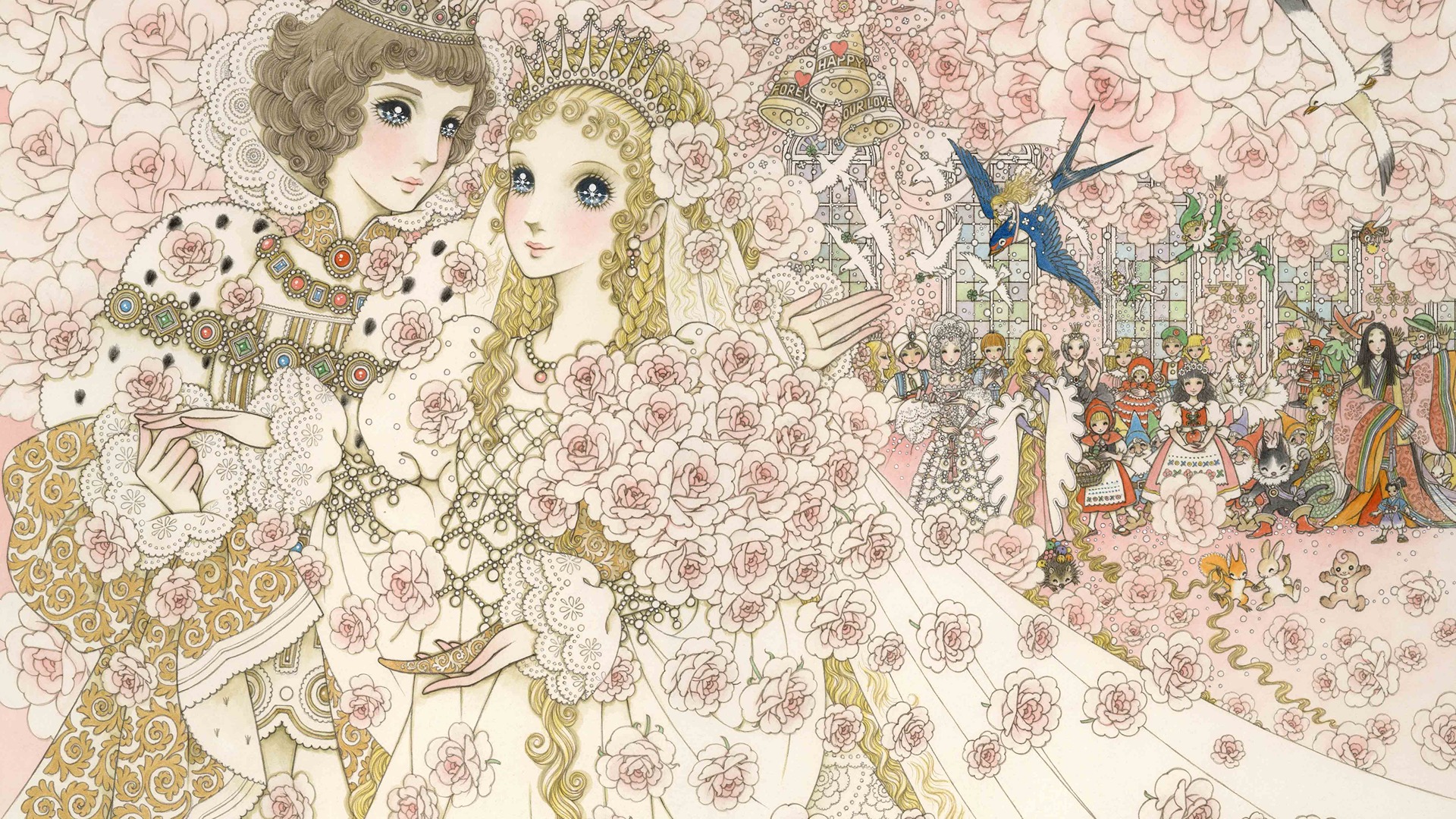
As an observer who has had the privilege of witnessing the evolution of the manga industry, I can confidently say that the loss of Macoto Takahashi is indeed a significant one. His seven-decade long career, spanning over half a century, has left an indelible mark on the shojo genre and, by extension, the entire world of manga.
Legendary shojo art innovator Macoto Takahashi spent more than seven decades creating art and making significant impacts within the manga industry, particularly in the shojo genre. On December 16th, it was announced through his official account on X that he passed away on November 17, 2024, after being diagnosed with gastroesophageal junction cancer and spending time in the hospital. His funeral took place on November 25th, with only relatives attending.
According to Rie Takeishi, CEO of Makoto Art Co., Ltd., who wrote the obituary, there will be no memorial service as requested by the late Professor Macoto Takahashi. However, a few hours after the official announcement, ART SPACE SKYGALLERY announced they would be hosting a memorial exhibition for Professor Takahashi at their gallery in Ariake, Tokyo. Rie Takeishi also expressed her apologies for any inconvenience caused by the late notice.

Macoto Takahashi’s Contribution to the Shojo Genre
Takashi’s artwork stands out as dreamy, romantic, and artistic, with finely crafted details. Being one of the most celebrated artists, his work significantly shaped the shojo manga art style that came into prominence in the mid-20th century. His unique style is characterized by compositions brimming with cascading hair, floral patterns, ribbons, and lace. His illustrations typically show young girls with enormous, radiant eyes and extravagant attire, which are now synonymous with shojo art. Takahashi’s artwork frequently portrays themes from fairy tales such as Cinderella, Snow White, and other well-known European classics.
In 1958, Takahashi’s groundbreaking manga, titled Arashi o Koete, was published, leading the way for unique shojo art. A year prior, he had released a collection of short stories specifically for shojo manga, featuring works like “The Seaside of Sorrow”, “The Swan of Tokyo”, “The Swan of the Rose”, and “The Cursed Coppéllia”. However, Takahashi chose to discontinue creating shojo manga in the 1960s due to difficulties adopting a female perspective. Since then, he focused on designing covers for shojo manga magazines, album artwork, and various illustrations. Furthermore, he played a significant role in promoting the Gothic Lolita subculture and is known as the pioneer of the “Kawaii” culture, laying the foundations for early Japanese manga aesthetics centered around cuteness and femininity.
Read More
- Jujutsu Kaisen Reveals New Gojo and Geto Image That Will Break Your Heart Before the Movie!
- Gaming News: Why Kingdom Come Deliverance II is Winning Hearts – A Reader’s Review
- Hut 8 ‘self-mining plans’ make it competitive post-halving: Benchmark
- The Elder Scrolls IV: Oblivion Remastered – How to Complete Canvas the Castle Quest
- Shundos in Pokemon Go Explained (And Why Players Want Them)
- First U.S. Born Pope: Meet Pope Leo XIV Robert Prevost
- We Ranked All of Gilmore Girls Couples: From Worst to Best
- Kylie & Timothée’s Red Carpet Debut: You Won’t BELIEVE What Happened After!
- S.T.A.L.K.E.R. 2 Major Patch 1.2 offer 1700 improvements
- Quick Guide: Finding Garlic in Oblivion Remastered
2024-12-16 22:09